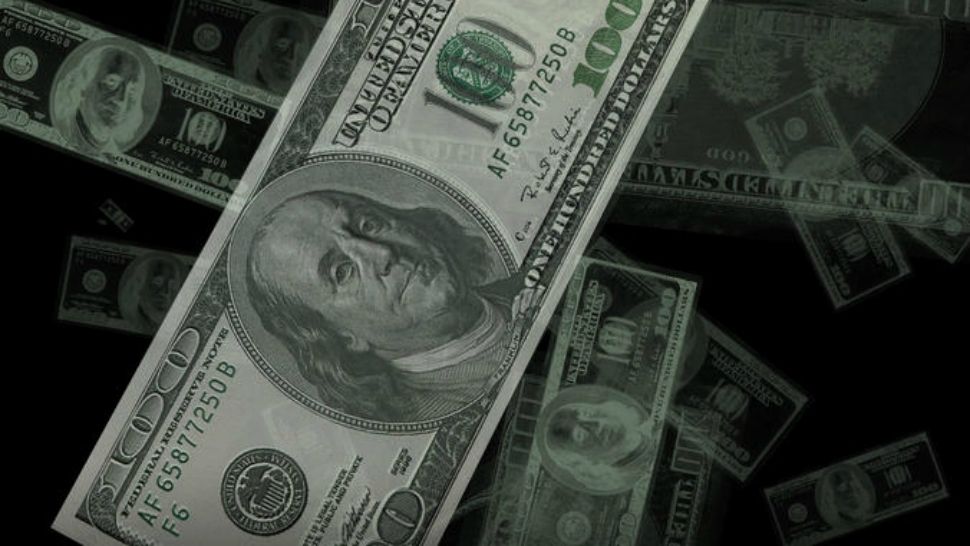Medicaid spending is threatening New York’s ability to close future state budget gaps in the coming years, making for an “Achilles heel” for its finances, Moody’s on Tuesday reported.
New York’s budget gap for the coming year stands at $6.1 billion, with much of that fueled by overspending in the state’s Medicaid program, the costliest in the country.
“For the current fiscal year, the state needs to take nearly $1.8 billion in budget-balancing actions, even after accounting for a $2.2 billion Medicaid spending deferral into next year,” Moody’s found. “The state’s ability to return to a sustainable and structurally balanced budget will significantly hinge on rekindling its previous commitment to control Medicaid costs.”
- Assembly Wants "Revenue Raisers" To Close Budget Gap
- Facing Budget Gap, Here's Where Albany Can Find Some "Revenue Raisers"
- Assembly Wants "Revenue Raisers" To Close Budget Gap
- Fiscal Watchdogs: Cuomo Has "Super Powers" to Combat Budget Gap
- State Budget Cuts on the Horizon
- State Faces $6.1 Billion Deficit Amid Medicaid Woes
- Budget Deficit 1 of 3 Challenges Facing the New York Legislature in 2020
Gov. Andrew Cuomo’s administration has previously blamed a trio of issues facing Medicaid spending: An increase in the minimum wage, a phase out of federal funding and an aging population that has seen more people enroll in long-term care.
A mid-year budget update report released last month indicated the Department of Health and the governor’s budget office was working to devise a solution meant to stem costs.
The Empire Center in October noted the global cap imposed on Medicaid spending by Cuomo and the Legislature in 2011, tying it to the medical inflation rate, has faltered amid loopholes and compliance issues. The state has postponed more than $1 billion in payments into the 2020 fiscal year.
“As the Moody’s report shows, New York State has kept Medicaid spending growth to less than half the national average – saving taxpayers billions of dollars — and has been key to limiting overall state spending growth to below 2 percent annually as more New Yorkers have health care coverage than ever before,” said Division of Budget spokesman Freeman Klopott.
“While Medicaid spending is projected to grow at almost 6 percent annually nationally, we are developing a plan to be introduced in January that will once again limit New York State’s Medicaid spending growth and continue high quality care for six million New Yorkers.”



